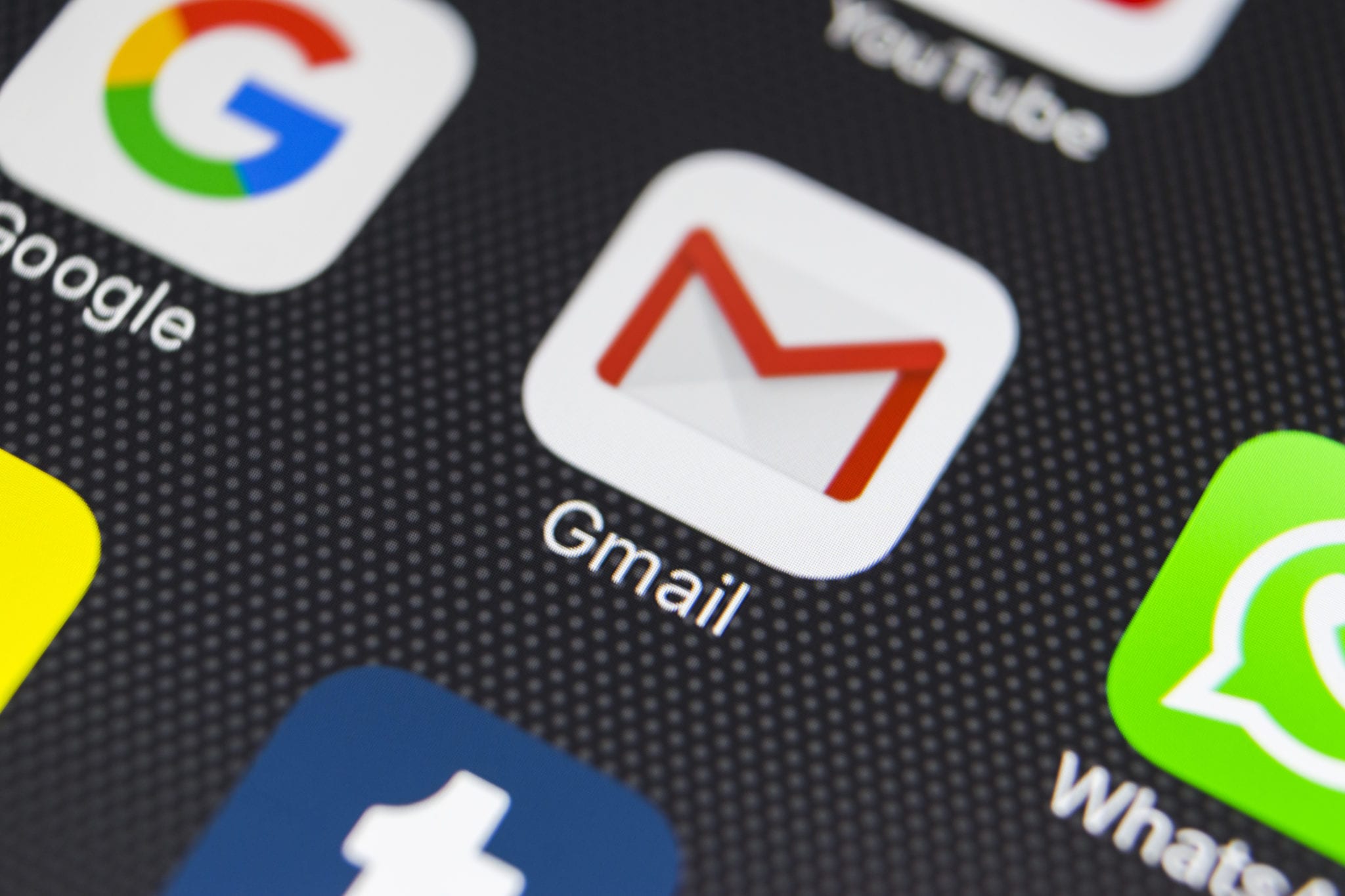What Can You Do to Avoid Your Email Being Clipped by Gmail?
If your email message is 102 kB or larger, Gmail “clips” your email, inserting “[Message clipped],” along with a link to the entire message. And you may be surprised at how easy it is for a typical email campaign to surpass the 102-kB limit.
One of the biggest problems with email clipping is that your subscribers who use Gmail won’t see all the content in your emails unless they click the “View entire message” link. In addition, the tracking code (which is usually located at the bottom of your email) will get cut off. That means you won’t be able to accurately track the number of subscribers who opened your email.
Clipping can also have a negative impact on your deliverability. The Unsubscribe link is located at the bottom of your emails. If subscribers decide they want to opt-out of receiving your emails and don’t see the Unsubscribe link, they may be more inclined to mark the email as spam. And though it’s Gmail’s doing, without an apparent Unsubscribe link, your clipped email technically isn’t GDPR compliant.
When it comes to coding, you have to pay close attention to the 102-kB limit for your email campaigns. In other words, you need to be really lean with the code and construct the email in a minimalistic way. Here are some tips for doing just that:
- Include only relevant information in your emails. To provide additional information, add hyperlinks that take users to your website.
- Avoid copying and pasting content from a word-processing program or a website. This practice may add extra formatting code to your email’s underlying code without you realizing it.
- Use fluid hybrid design to create responsive emails. This technique is a hybrid of fluid design and traditional responsive design, which reduces the need for long media queries. Fluid hybrid design employs content blocks based on percentages that adapt to the screen size being used.
- Minimize your code. This would include, for example, removing comments from your code, as well as white spaces, double spaces, line breaks, and tabs. There are also online tools that can minimize email messages automatically, such as HTML Minifier and HTML compressor. It’s not a good idea to use such sites as Tiny.url or Bitly to shorten your URLs, however, because this practice may get your emails caught in spam filters. Keep in mind that once the code is minimized, it’s hard to read and work with, so make this your last step.
- Always preview your emails before sending them. In addition to using online email testing tools such as Litmus and Email on Acid, you should also send the email to your own Gmail account, just to be sure it’s rendering correctly.


